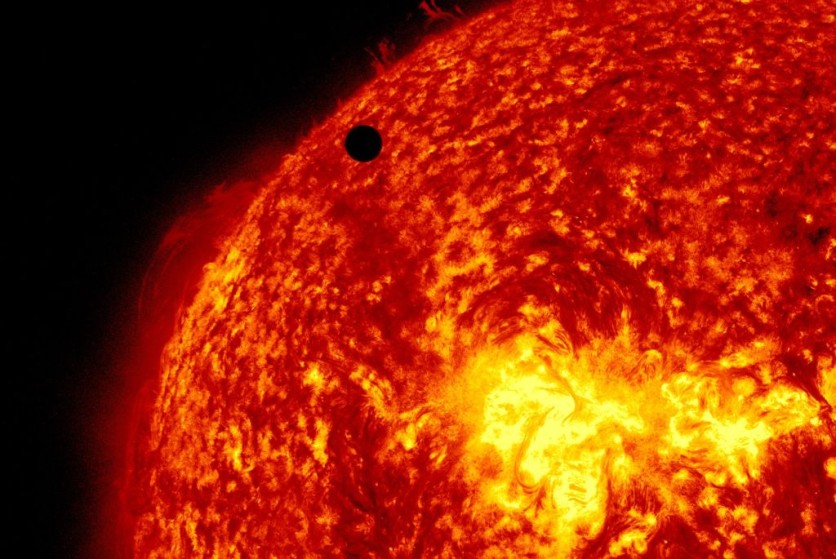A major scientific breakthrough has occurred in understanding our Sun better, revealing hidden aspects of the Sun's outer atmosphere.

Capturing an Ultraviolet Image of Sun's Corona
A groundbreaking achievement has emerged from the Solar Orbiter spacecraft's Extreme Ultraviolet Imager (EUI) occulter, as highlighted in a recent announcement by the European Space Agency (ESA).
Through a last-minute modification to the EUI, scientists have successfully captured an ultraviolet image of the Sun's corona, providing an unprecedented view of our nearest star.
This development has unveiled previously concealed details of the Sun's corona, surpassing the capabilities of traditional coronagraphs. Notably, the EUI occulter mode has expanded the scope of solar observation, enabling scientists to delve deeper into the Sun's atmosphere.
The unexpected breakthrough occurred during the construction of the EUI when a last-minute adjustment to the instrument's safety door allowed it to penetrate further into its intended observation area than originally planned.
Taking the Image
Frédéric Auchère, a member of the EUI team at Institut d'Astrophysique Spatiale, Université Paris-Sud, described the innovative solution. It involved attaching a small, lightweight appendage to the instrument's door.
While the camera operates, if the door partially stops when it opens to let in light, this tiny addition acts like a shield. It blocks the incredibly bright center of the Sun, which would otherwise overwhelm the camera.
Thanks to this, Interesting Engineering reported that the EUI can then capture the much fainter ultraviolet light emitted by the Sun's surrounding corona. This light is about a million times less intense but holds valuable information for scientists.
In this ultraviolet image, the Sun's corona is remarkably clear. What makes it unique is the overlay of an ultraviolet image of the Sun's disk. This fusion of data from both missions offers scientists a valuable chance to delve into the intricate dynamics of the Sun.
The EUI occulter mode on Solar Orbiter expands the range of solar observation, enabling scientists to delve deeper into the Sun's atmosphere.
The synchronized capture of images by the Solar Orbiter and STEREO missions highlights the remarkable precision of space science endeavors.
By chance, both missions observed the Sun from remarkably similar viewpoints, leading to a remarkable correlation between the Sun's surface features and those found within its corona.
Universe Today reported that traditional solar coronagraphs have long been the go-to tools for photographing the Sun's corona. On Solar Orbiter, there's also a coronagraph called Metis.
However, EUI's occulter mode offers a different way to observe the Sun. It combines the abilities to image both the Sun and its corona in a single instrument.
"Physics and magnetic structures in this region are poorly understood, and this novel approach offers an unprecedented opportunity to study it in depth," Royal Observatory of Belgium EUI Principal Investigator David Berghmans stated.

ⓒ 2025 TECHTIMES.com All rights reserved. Do not reproduce without permission.

![Best Gaming Mouse For Gamers With Smaller Hands [2025]](https://d.techtimes.com/en/full/461466/best-gaming-mouse-gamers-smaller-hands-2025.png?w=184&h=103&f=6fd057ef777bd39251d4e7e82e9b23f1)


